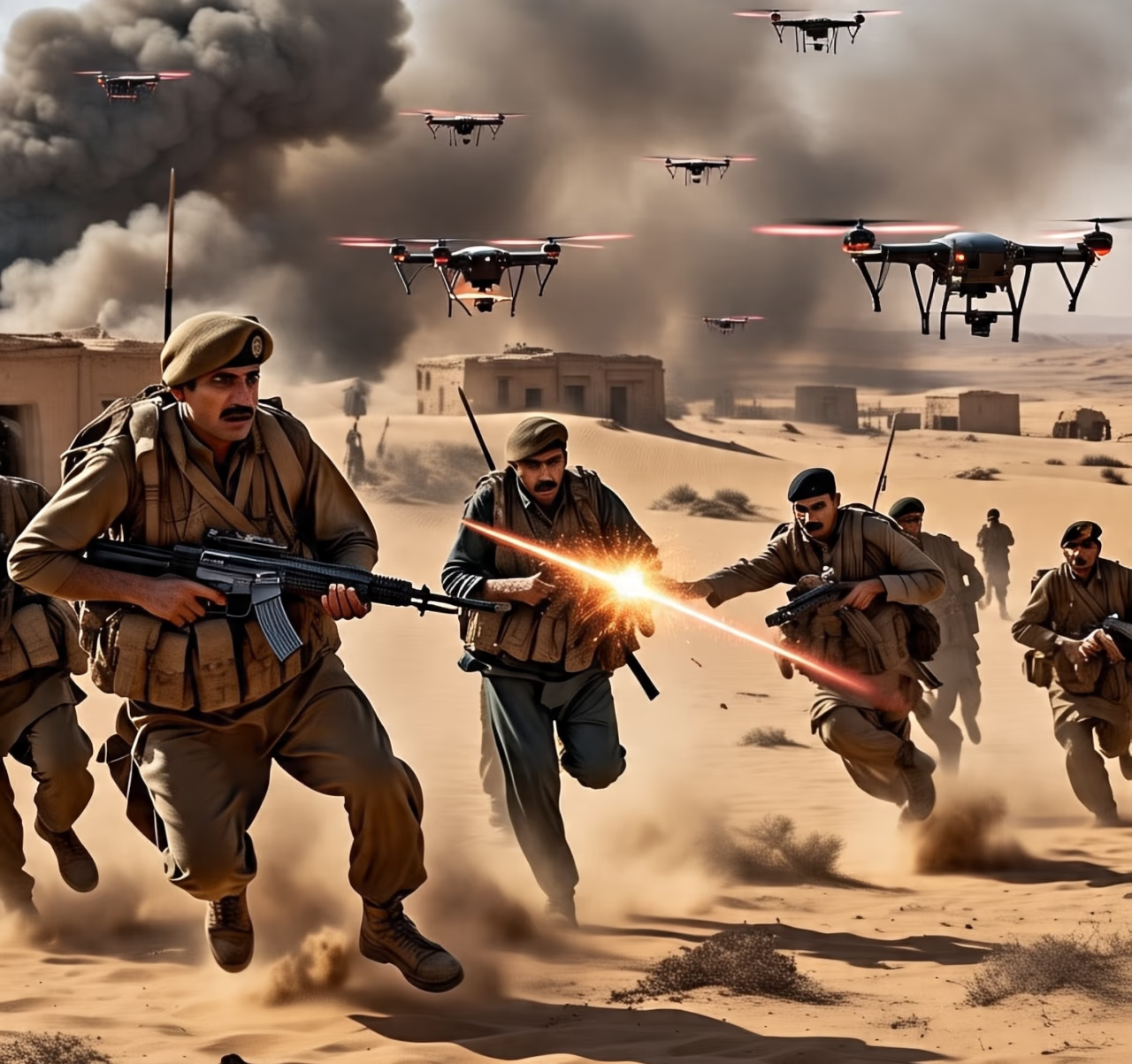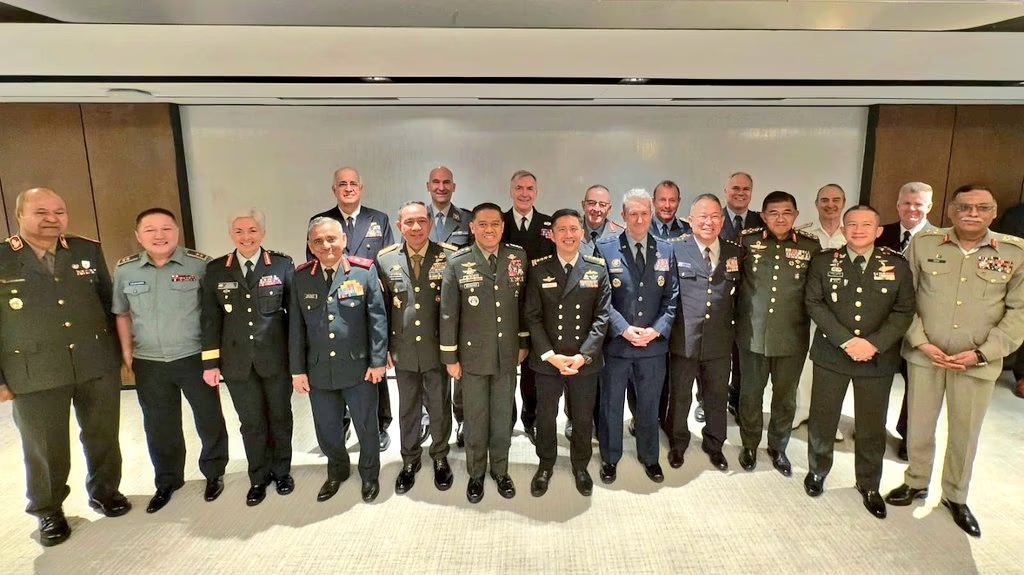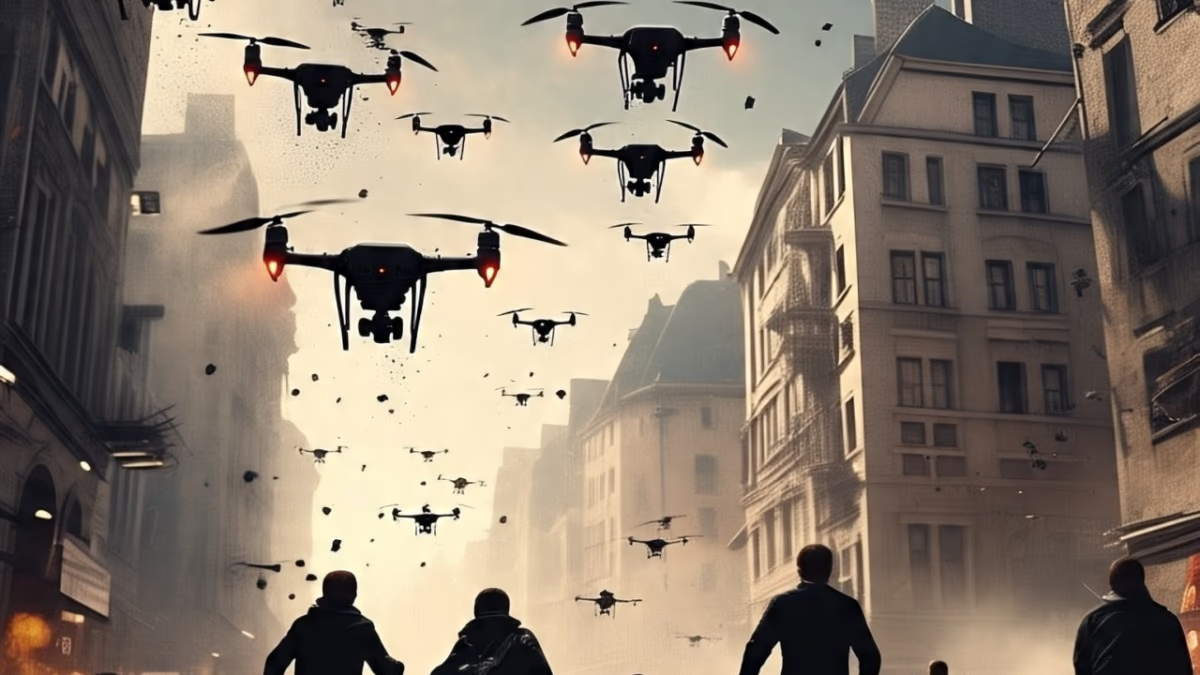General Anil Chauhan, India's Chief of Defence Staff, shared experiences from 'Operation Sindhur,' describing it as a 'Non-contact' warfare while hinting at the nature of future conflicts.
Speaking at the Shangri-La Dialogue in Singapore, CDS Chauhan shed light on emerging geopolitical dynamics and rapid technological changes redefining the nature of war. He emphasized that the accessibility of technology has empowered non-state actors, leading to increased proxy warfare and instability.
Notably, the dialogue saw the participation of General Sahir Shamshad Mirza, Chairman of Pakistan's Joint Chiefs of Staff Committee.
Sending a message to Pakistan, General Chauhan stated that India's adversaries should understand India's threshold of tolerance. Having endured proxy wars for decades, India is ready to put an end to it.
He elaborated on the massive shifts occurring in modern warfare — changes affecting tactics and domains such as land-air, sea, cyber, and space require strategies moving towards flexible, deceptive approaches.
CDS Anil Chauhan noted the rising trend of 'unmanned systems' and the 'Do it yourself' ethos, resulting in decreased economic and human costs in warfare.
Chauhan underlined how technology is altering warfare and warfighting, highlighting how future battles will be influenced by four major trends:
1. Utilization of sensor technology across every domain
2. Long-range hypersonic and precision weapons
3. Manned-Unmanned teaming with autonomous systems
4. Battlefields driven by AI, ML, LLM, and quantum technologies
Addressing global military leaders, CDS Chauhan explained that the entry of drones in the battlefield has transformed warfare, allowing for precise, anytime-anywhere attacks.
The autonomy of unmanned and autonomous systems paired with advancements in robotics is gradually turning battlefields into autonomous zones, paving the path for future conflicts between man and machine, and between machines themselves.

Source: aajtak
CDS Anil Chauhan emphasized that new battle domains emergent today - including information technology, cyber, electromagnetic spectrum, and cognitive fields - are erasing traditional lines of warfare, ushering in an era of unconventional warfare.
Addressing misinformation challenges during warfare, CDS Chauhan disclosed that Operation Sindhur dedicated 15% of operational time countering false narratives, highlighting the need for a dedicated information war strategy. India's strategy prioritized fact-based communication, even if responses were slower.
CDS highlighted India's approach to capacity building through adaptability, innovation, and self-reliance, establishing a collaborative defense production ecosystem with private industry partners.
He stressed that ongoing changes necessitate shifts in war doctrine, organizational skills, and human capital, with India's unique geography, experience, and aspirations shaping its defense outlook.
Reconfirming India's commitment to global peace and innovation, General Anil Chauhan mentioned the successful integration of indigenous platforms like Akash and self-reliant networking infrastructure into India's defense strategy. An important achievement was integrating varied radar systems into the air defense setup.
Referring to the political moves India undertook during Operation Sindhur, CDS Chauhan stated that these actions establish a new boundary of intolerance towards terrorism. He hoped these operations serve as lessons for adversaries about the limits of India's endurance.

Source: aajtak
He remarked that having confronted proxy wars for nearly two decades and lost many lives, India is eager to end this warfare cycle.
The Shangri-La Dialogue also featured General Sahir Shamshad Mirza from the Pakistan armed forces. He indicated that future scenarios might involve cities being the direct targets, rendering borders irrelevant, and potentially leading situations to spiral out of control.
General Mirza suggested that limited time could mean significant damage and destruction may occur before international intervention takes effect.




